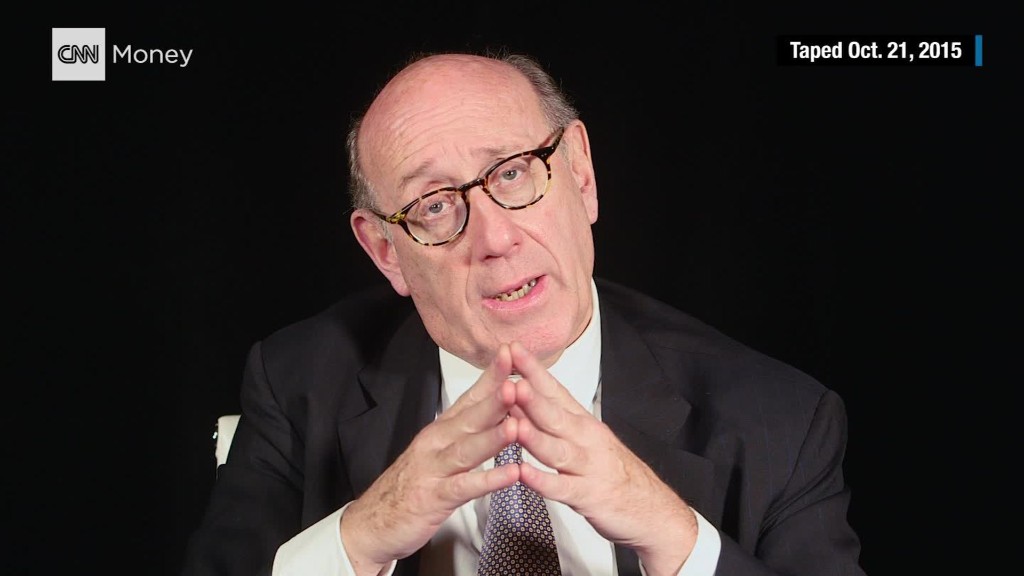
There are 273,000 union workers and retirees who can breathe a deep sigh of relief ... for now.
A plan to cut their pension benefits was rejected by the Treasury Department Friday. It would have been the first time the government permitted reductions to current retirees' benefits under a new law.
But the struggling Central States Pension Fund, which proposed the cuts, is still expected to run out of money within 10 years.
The plan wasn't rejected because the cuts are unnecessary. Instead, the government found that they weren't sufficient enough to head off insolvency.
Now, the fund might have to file a new proposal with even deeper cuts.
Central States is one of the biggest pension funds in the country. It covers union workers and retirees from more than 1,500 companies across a range of industries, but most of its retirees were truck drivers.
A lot of the fund's companies went bankrupt after the trucking industry was deregulated in the 1980s. That's part of the reason the fund is in trouble now. It's currently paying out $3 for every $1 it takes in.
A law passed by Congress in 2014 allows struggling multi-employer pension funds to make benefit cuts to avoid running out of money. Four other funds have filed proposals to cut pensions, but Central States was the first to file and be reviewed.
Related: Is your pension safe? These are the next funds to fail
The plan was rejected for three reasons, said Ken Feinberg, who was tapped by the Treasury Department to head the review process.
One, the plan was too optimistic in its assumptions about future investment returns and contributions from new workers. And therefore, Feinberg found that it wouldn't actually help avoid insolvency.
Second, he found that the proposed cuts would not have been equitably distributed among the plan's participants. While the average cut would have been about 23%, some retirees were told to expect a reduction of as much as 60%. But the issue wasn't about how much more some pensions would be cut over others, but how employees were categorized, Feinberg said.
Third, the fund is required by law to notify participants of the cuts in a way that's easy to understand. While Central States did notify each participant and set up a website to describe the plan, Feinberg found that the notices used "technical language without adequate explanation."
Related: Should I take my pension in monthly payments or a lump sum?
In a statement, Central States director Thomas Nyhan said he was "disappointed" in the Treasury's decision and that the trustees believed the proposal was "the only realistic solution to avoiding insolvency."
The fund can file a new plan, and Nyhan said the trustees will carefully consider what the next appropriate step will be.
In the case that the fund does eventually run out of money, the government's pension insurance fund -- the Pension Benefit Guarantee Corporation -- is obligated to step in and pay retirees a portion of their promised pension. But Central States is so massive, there's a possibility it could wipe out the PBGC all together. The insurance fund itself is already cash-strapped.
Nyhan urged legislators to act and pass a new law that protects the pension benefits for those in the fund. While some in Congress -- including Bernie Sanders -- introduced legislation last year to change the law and prevent pension cuts, no proposal has made it out of committee.

